
Ian MacGillivray, developer of the trainer, calibrating the VR interactions. All images courtesy of Google Daydream Labs.
A considerable investment in training is important for any specialty coffee company, whether it be for the staff in a company’s own retail café or for baristas of wholesale customers. Yet the equipment, space and time for so much training can be challenging to obtain.
Could virtual reality be a solution? Are we approaching a time in which trainees could simply slip on a headset and learn the craft in a computer-generated, digital environment?
The answer reached by an experiment recently conducted by Google’s Daydream Labs is a resounding “maybe.” Last month, researchers and developers in the tech giant’s VR department built a virtual model for how to prepare a shot of espresso using professional equipment to see if newcomers to the task were better able to learn it from “hands-on” practice in VR as opposed to watching videos about it on YouTube.
In the company’s New York office, two groups were asked to learn how to pull a shot using either videos or the VR model, and in the subsequent blog post about the results, Google VR Software Engineer Ian MacGillivray reported that while neither group made great coffee, the VR group did at least learn the process more expediently.
“The actual testing with the espresso machine took place in one of our many ‘microkitchens’ where employees can grab snacks or beverages,” MacGillivray told Daily Coffee News of the exercise that focused specifically on making a latte. “Prior to the VR training, we had many new Googlers go through this exact lesson with coffee lovers in the office, so it made sense for us to bring it to VR.”
Participants were allowed to go through their respective training processes as many times as they wanted before attempting to pull a shot in real life. YouTube tutorial watchers tended to watch the instructions three times, whereas VR trainees typically went through it twice before stepping up to a real machine. The equipment, both in digital 3D models and in actual reality, was a 2-group La Marzocco GB5 espresso machine and a Mazzer Super Jolly grinder. The coffee happened to be by Brooklyn-based Toby’s Estate Coffee, though they tend to rotate roasters in and out in this particular breakroom.
The virtual model included some tactile feedback for touching buttons, knobs and other physical steps, including tamping. MacGillivray said that they relied on help from both aficionados and professionals to set up the training, which also dabbled in visual and aural cues such as symbols, text and voiceovers to provide step-by-step instructions.
One experienced professional barista ran through the finished training model for good measure. “She completely ignored the instructions in our tutorial and just went straight through the process,” said MacGillivray. “Other than a small learning curve around the VR controllers — it was her first time in VR — she was able to put together a double-shot latte faster than any of our other participants, and thought the experience was really fun.”
Ultimately, the team found that while VR trainees approached the real-life task with greater confidence and generally did better at it than their video-watching counterparts, there were clear areas with room for improvement. They found that people tended not to follow instructions regardless of how the instructions were presented; complications arose in tracking the myriad different paths a user could take based on the order in which they made their choices; and that the technology itself simply wasn’t quite there yet to support an activity as physically demanding and potentially hazardous as making coffee.
A “haptic buzz” on the hand, for example, was deemed inadequate for teaching the pressure needed for proper tamping, and no matter how the VR displayed warnings about the hot steam wand, trainees still needed supervision in real life to prevent them from burning themselves.
So, until some more advanced hardware is developed to enhance the tactile accompaniment to all these sights and sounds, VR training exercises will remain more effective for tasks that only require light movement and maybe the pushing of buttons. A virtual chemistry set for children, for example, was among other training applications they considered experimenting with in VR.
“But it would have taken months to accurately model all the possible interactions there,” said MacGillivray. “Pulling espressos and making lattes was a lesson that we had demand for in the office, and one where the basic steps could be taught in a fairly short amount of time, even if making a great final product is something that takes a long time to perfect.”
Howard Bryman
Howard Bryman is the associate editor of Daily Coffee News by Roast Magazine. He is based in Portland, Oregon.
Comment
4 Comments
Comments are closed.




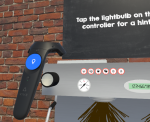

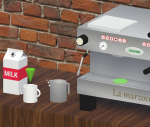
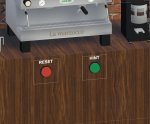

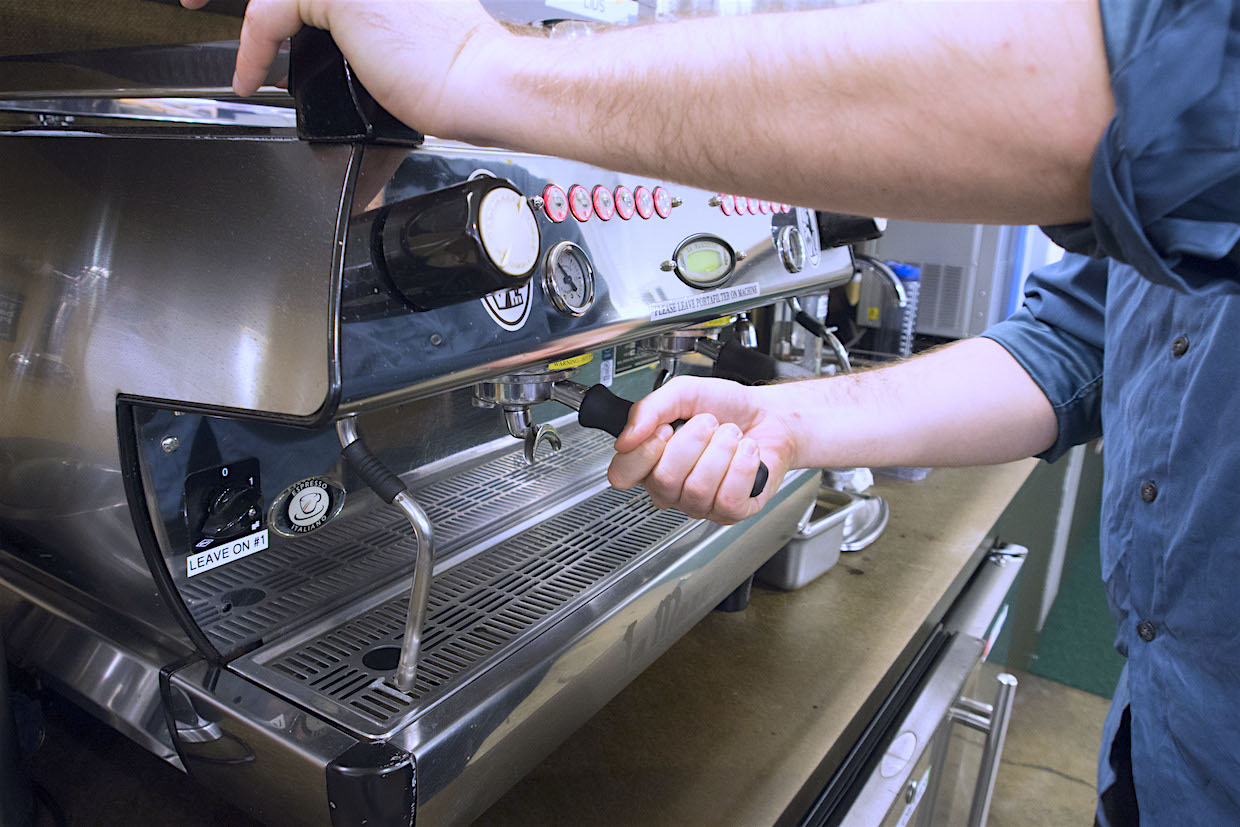
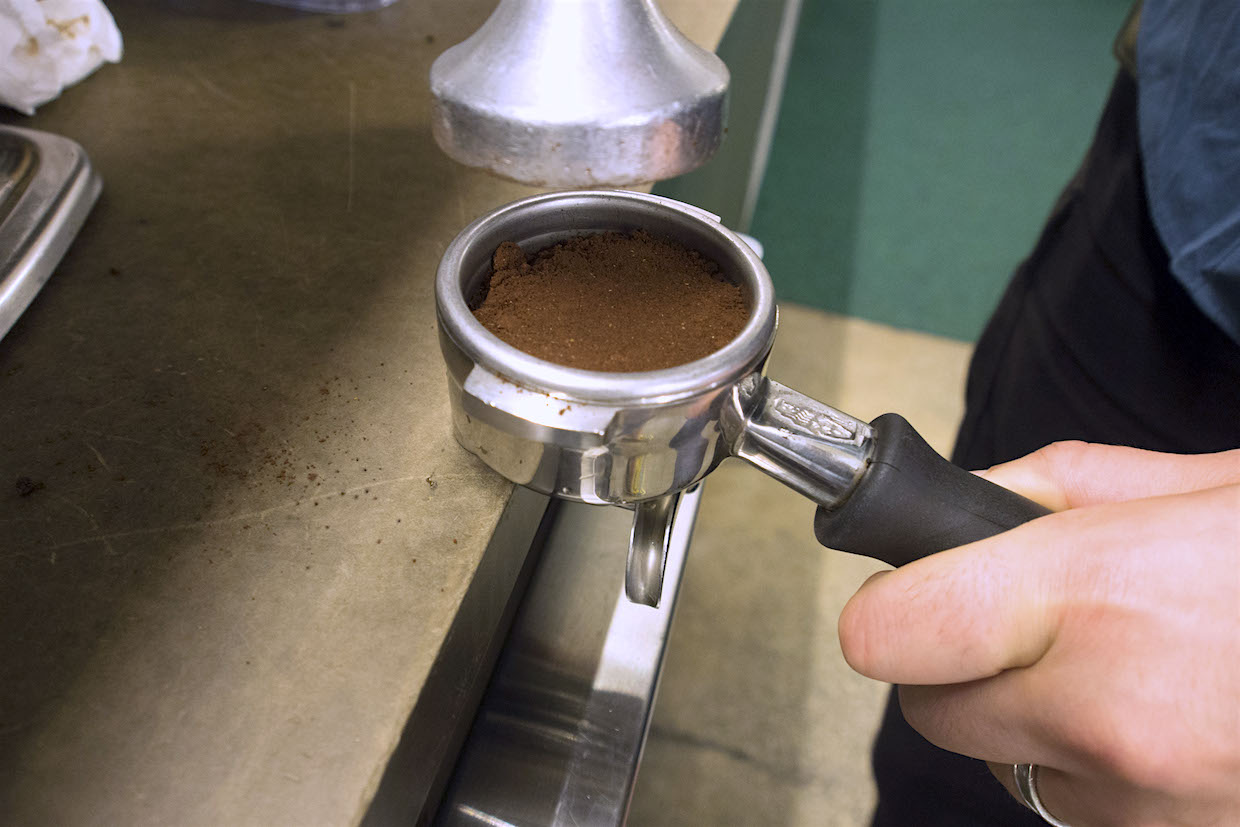



Seems like a crazy idea. But hey, we’re living in a modern era. Virtual reality can indeed do more things than one!
Que bueno es interesante para un país productor de café como Colombia ver todos los avances e investigaciones que también se desarrollan día y noche en otros territorios con los granos de café para llevarlo a una taza . Gracias por brindarnos los resultados de este trabajo en laboratorio.
jesus christ. someone get google a new tamper. damn, anyone else see that??!
How about keep google (and tech) out of coffee. #gentrificationsucksman
Feel like this is needed more today than ever. Do we know if they made any more movements on this program?